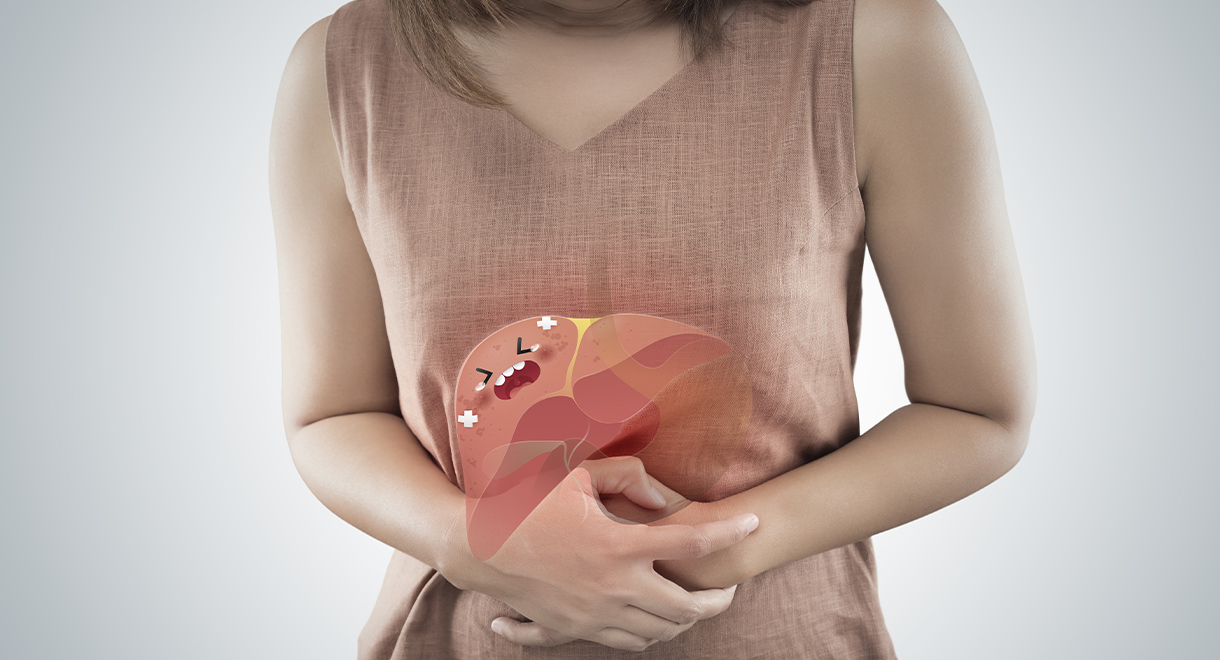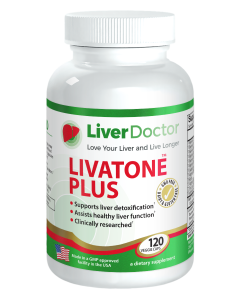

You Can Be Slim and Have A Fatty Liver
Did you know that fatty liver doesn’t only occur in overweight people? Fatty liver has become an epidemic in most parts of the world, where 1/3 to ¼ of the population are thought to be affected. Several different things can cause a person to develop a fatty liver.
A recent international study involving more than 1300 people with biopsy diagnosed fatty liver disease showed almost one in seven of them was lean, as defined by a BMI under 25. All those people had non alcoholic fatty liver disease, which is also called metabolic dysfunction associated fatty liver disease (MAFLD). The metabolic dysfunction is insulin resistance, and slim looking people can be insulin resistant.
Over the long term, fatty liver can lead to cirrhosis or liver cancer. Interestingly, the research showed that being slim did not protect against one of those consequences. This is a worry because slim people are less likely to be motivated to change their diet to heal their liver, as weight loss is the usual instigator for diet change.
Of all the lean patients with a fatty liver in this study, they were more likely to be younger men, with an average age of 45 years. The author of the study said “These observations, supported by the results of a recent and comprehensive meta-analysis, suggest that a BMI-driven approach to detecting patients with MAFLD can be misleading and should be reconsidered as metabolic derangements can arise independent of obesity and in the absence of intervention patients’ liver-related prognosis ultimately depends on the degree of liver damage.”
Fatty liver often goes hand in hand with type 2 diabetes, and it’s definitely also possible to be a slim diabetic. This highlights the fact that BMI (Body Mass Index) is not the most reliable way to assess a patient’s weight. Waist circumference and hip to waist ratio are better, as they focus more on fat around the torso, which is the danger spot for fatty liver.
Fatty liver is reversible in almost all cases. Here are my recommendations on how to do that:
Conventional or orthodox medicine has no specific therapy or drug treatment to reverse a fatty liver. Indeed, several drugs such as cholesterol lowering drugs and pain killers can make a fatty liver worse. There is much that can be done through diet and lifestyle to reverse a fatty liver although this process usually takes between six to 12 months. Sugar and carbohydrate rich foods such as bread, pasta, cakes, cookies, donuts, muffins, refined and processed cereals and packaged snack foods such as pretzels, chips and crackers must be minimized in the diet or eliminated altogether.
The diet needs to be based on plenty of vegetables along with protein such as seafood, poultry, eggs and red meat (preferably grass-fed), or whey protein powder. Fruit, nuts, seeds, legumes and healthy fats should also be included in the diet.
It can be extremely difficult to start a new healthy eating regime. That’s why I wrote the book Fatty Liver: You Can Reverse It. I give you a precise step by step plan on how to restore the health of your liver.
To support your liver function, I recommend Livatone Plus which has a proven track record as a liver protector and restorer. This means it helps liver cells to repair themselves and this hastens the reversal of fatty liver. Livatone Plus also improves the fat burning functions of the liver. Livatone Plus is the world’s leading liver formula and has been used for over 20 years by holistic doctors and naturopaths. Selenium is very important for those with liver inflammation due to infections. A number of infections can adversely affect the liver and cause fat accumulation; these include hepatitis, mononucleosis and cytomegalovirus.
The above statements have not been evaluated by the FDA and are not intended to diagnose, treat or cure any disease.
Reference: BMI ‘misleading’ in detecting metabolic fatty liver disease • The Medical Republic
Know someone who might benefit from this article? Share it!
Need Help?
1-888-75-LIVER
Monday to Friday, 9:00 am to 5:00 pm MST
100%
Satisfaction Guaranteed
If it’s faulty or wrongly described, we’ll replace it.













